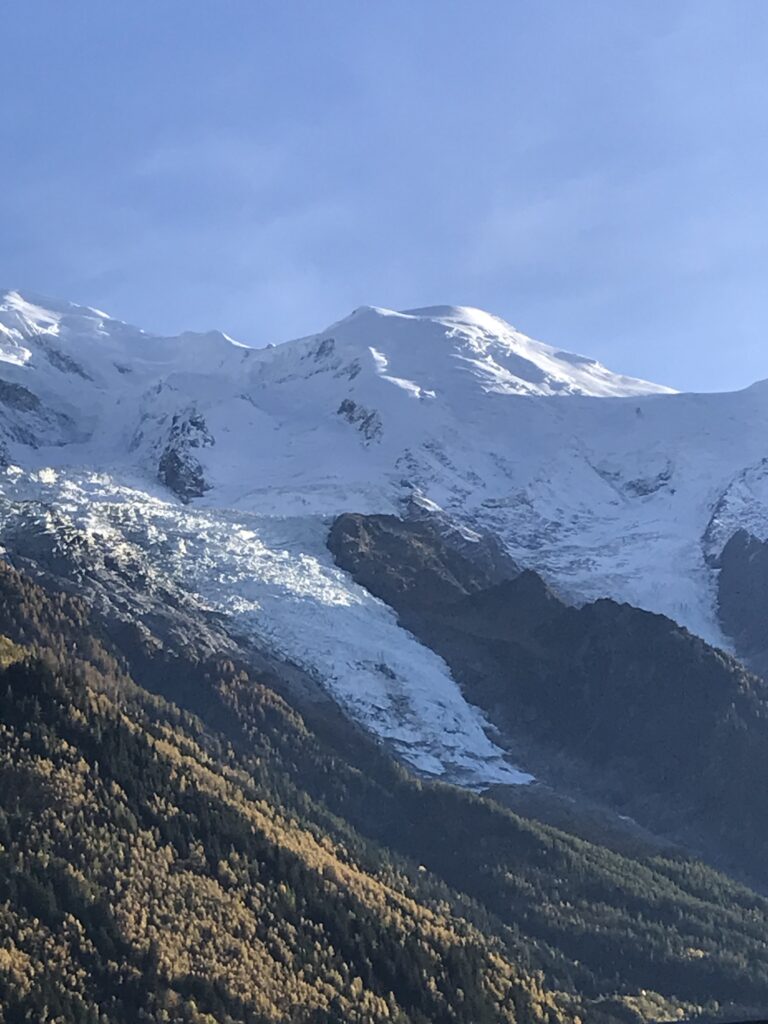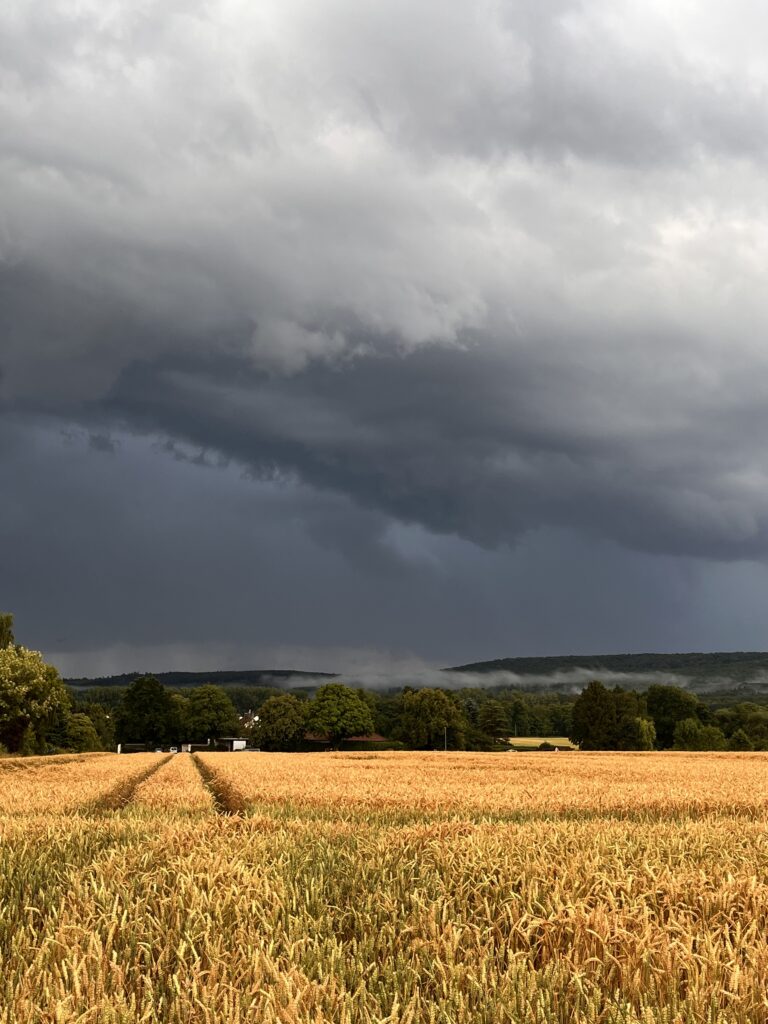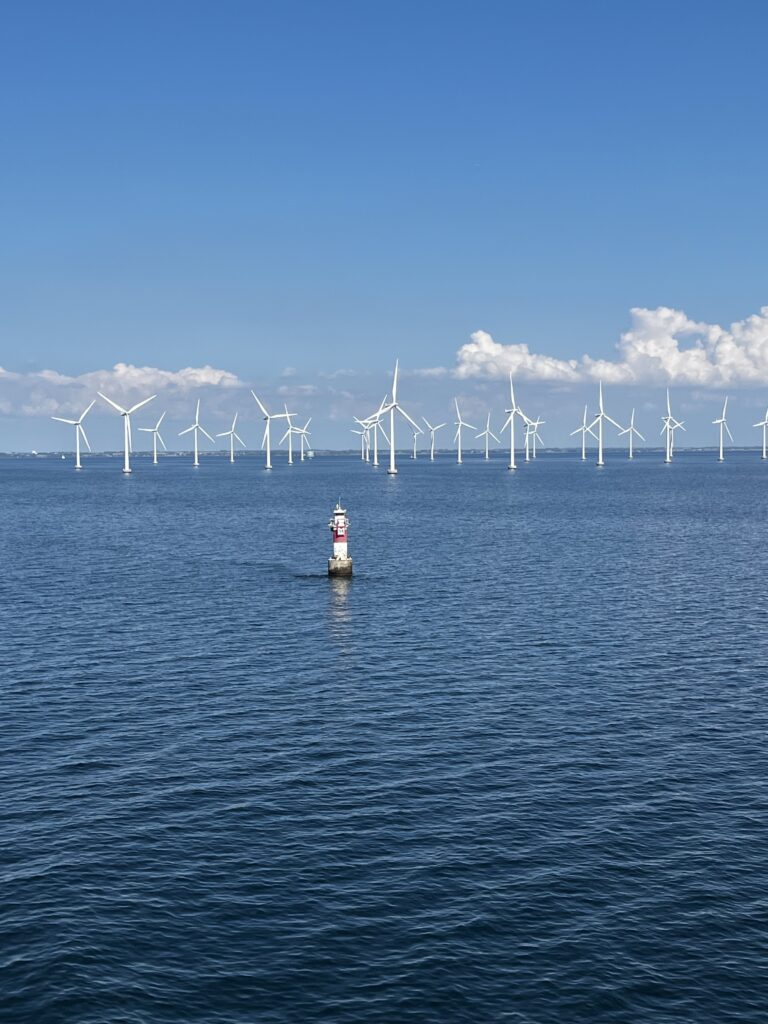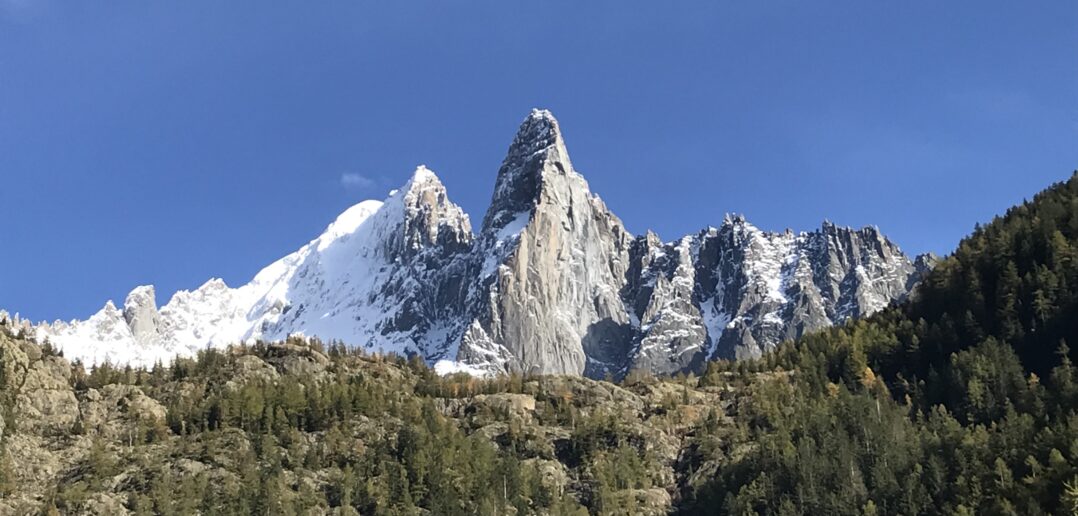The United Nations General Assembly approves the Decade of Action for Cryospheric Sciences (2025-2034)
In August 2024, The United Nations General Assembly (UNGA) adopted the resolution to declare the perod from 2025 to 2024 as the “Decade of Action for Cryospheric Sciences < Read the UN Resolution adopted by the General Assembly on 13 August 202 >
The adoption of this resolution comes at a critical juncture. The cryosphere, comprising glaciers, snow, ice, and permafrost, plays an important role in regulating Earth’s climate and ecosystem stability. The crysophere is essential for regulating sea levels and ensuring freshwater availability for billions of people. However, as glaciers and ice sheets melt, the effects ripple across the globe, endangering water supplies, increasing the risk of catastrophic natural events, and potentially releasing significant amounts of greenhouse gases trapped in permafrost.
ZWDP Action in support of the Decade
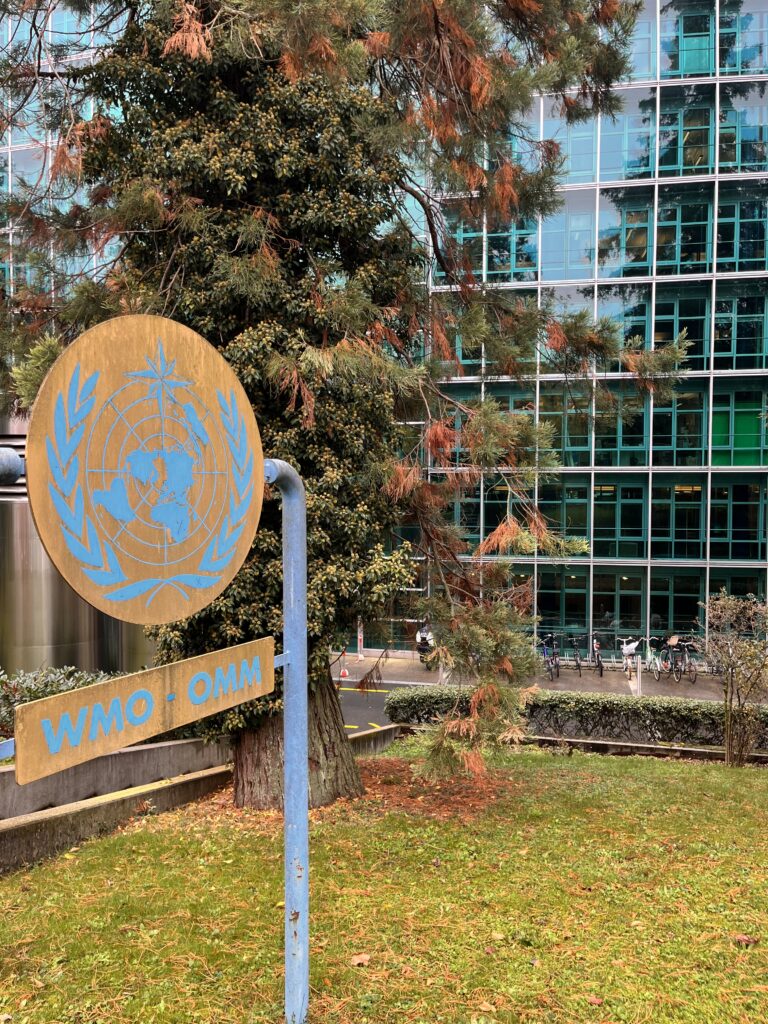
ZWDP has adopt a whole schools, whole community approach to implement education for sustainable mountain development (ESMD) and global citizenship education for sustainable mountain development (GCESMD) in a consistent, coherent and mutually reinforcing manner. This approach recognizes that ESMD is embedded in SDG 4 (target 4.7) “all learners”, SDG 13 (target 13.3) “human and institutional capacity” and SDG 12 (target 12.8) “universal understanding of sustainable lifestyles in harmony with nature”.
A key component of the ZWDP Saving the World’s Water Towers campaign is integrating ESMD and GCESDM into i. national education policies through active Youth participation in mountain advocacy and policy work at global meetings (ref), ii. curricula and teacher education though its Water Partnership Ambassadors programme in support of Decade of Action for Cryospheric Sciences, 2025–2034 (ref).
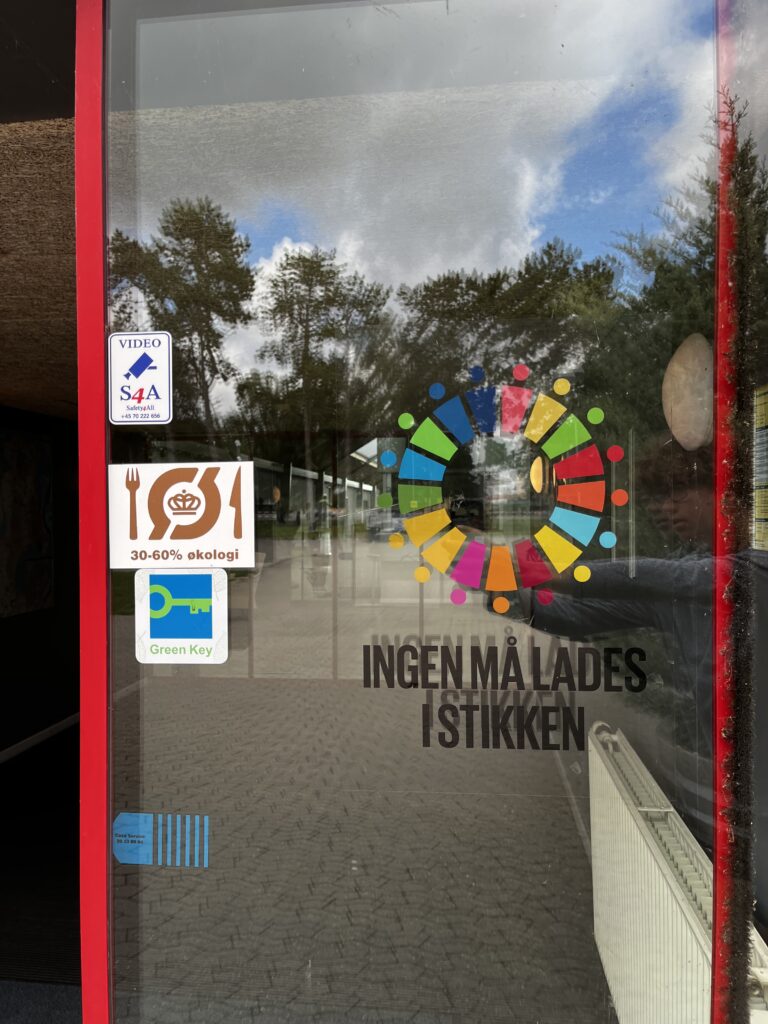
From the Mountains, through rivers and lakes in our communities to the Oceans and Polar regions
